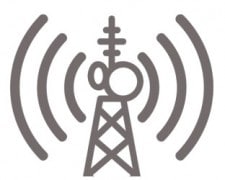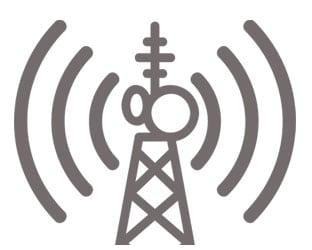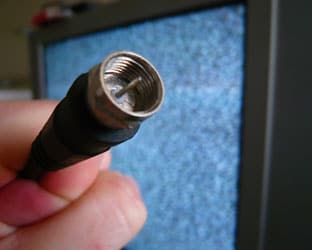 January 1, 2013 will mark the second birthday for Greensboro’s Black Network Television. Despite some success, the network, living on a digital side channel of the local CW outlet, is looking for a place on a big local MVPD.
January 1, 2013 will mark the second birthday for Greensboro’s Black Network Television. Despite some success, the network, living on a digital side channel of the local CW outlet, is looking for a place on a big local MVPD.
The television channel, Titan Broadcasting’s WCWG, actually approached the founders of the network and talked to them about starting it up, according to an article in the Greensboro News & Record.
The network, headed by Michael and Ramona Woods, is carried on Channel 20.2. It is not the only side-channel from Tritan in the Greensboro-Winston Salem-High Point DMA – WCWG also has room for the new national African American network Bounce and Hispanic Estrella.
But BNTV is notable for its local programming – programs like “Hair It Iz,” “Right on the Left” and “State of Our Community,” not to mention high school football and other programming of interest to the network’s own particular audience.
The problem it faces at the moment is that it is available off-air, but is not being carried on the local systems of cable giant Time Warner Cable.
Woods says his network has been in talks with TWC since May and has jumped through all hoops placed in its path by the cable company. But while BNTV hasn’t been turned down, neither has it been accepted.
RBR-TVBR observation: The battle for multicast must-carry was relatively brief. Before the digital transition, former FCC Media Bureau Chief Ken Ferree suggested to reporters one day that it would be part of regulatory framework – that MVPDs would be required to carry whatever broadcasters were transmitting on their allotted 6 mHZ of bandwidth, whether it be one stream of programming or several streams.
MVPDs opted to resist, and broadcasters did not put up a particularly strong fight, if only because at the time nobody had figured out what to do with a side-channel beyond putting non-revenue-generating 24-hour weather channels there.
We’d guess that the odds of getting multicast must-carry through at this point are nil, especially as the FCC is attempting to further compress the television industry into a much narrower swathe of spectrum to free up space for mobile broadband.
We hope that if a channel such as BNTV does what it needs to do to spark interest among local viewers that MVPDs will take that into account in their channel lineup decisions. But we’re not holding our breath, so it will be incumbent on local broadcasters who do use multicasting to make sure that their audience is fully aware of what it needs to do the access the programming.





